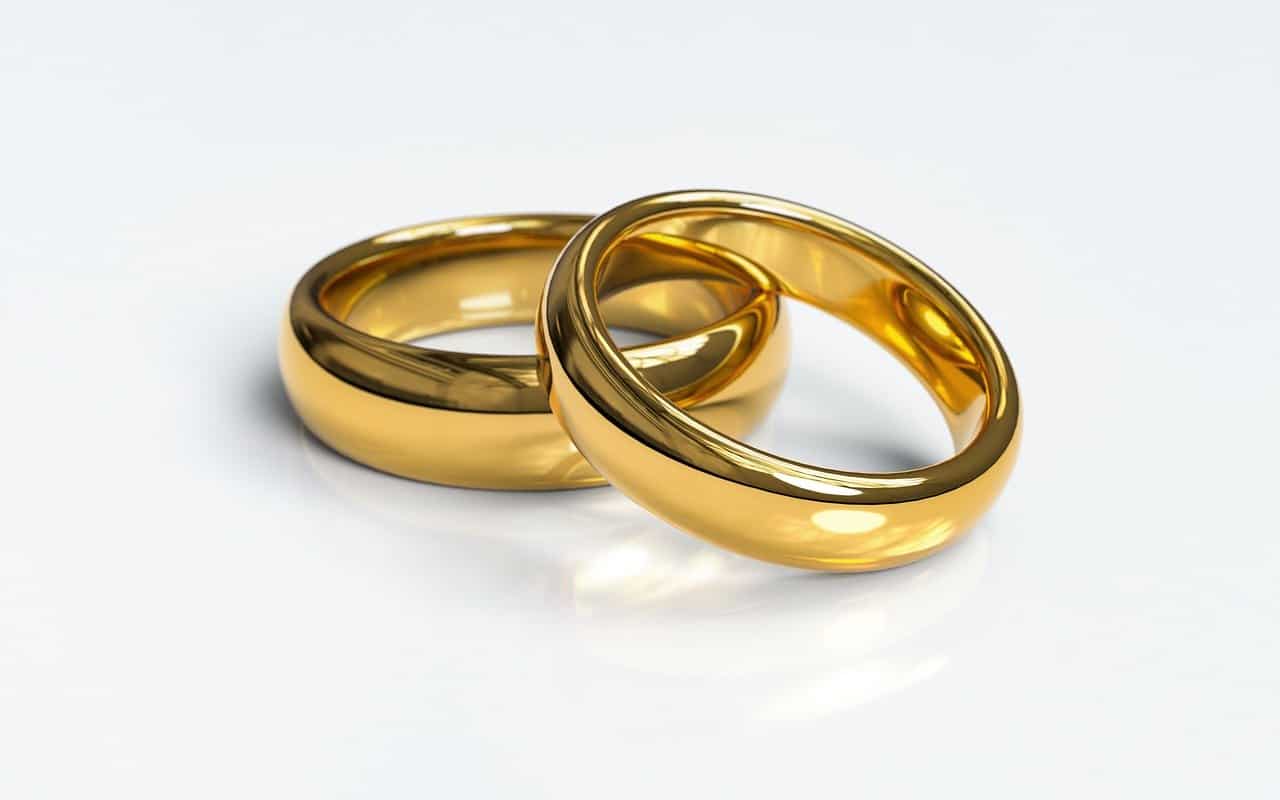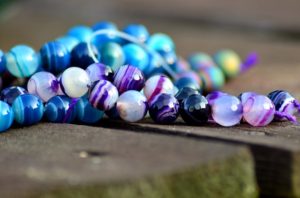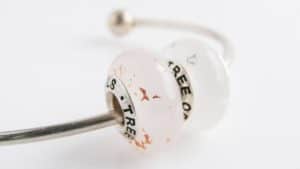Jewelry, just like any other inanimate object we relish having around us, needs its share of maintenance and care. While tarnishing and losing sheen or brilliance are some of the popularly discussed issues with jewelry pieces, there is yet another one which is not talked about enough, but is really dreaded. This is the denting of jewelry, and if you are a passionate owner of jewelry for some time now, you are bound to have faced this peril.
There frankly isn’t much discussed about denting of jewelry, its causes and how to go about rectifying it. I have tried to bring about the best ideas around the topic through this research and hope this helps you avoid or overcome (whichever might be the case) this flaw with your jewelry.
REASONS FOR DENTS APPEARING IN JEWELRY
Starting off with what may cause your jewelry to develop dents in the first place. The following factors are what experts and jewelry enthusiasts agree that cause dents to appear in jewelry.
1. Porosity In Base Metal or Alloy
Porosity is a casting defect which can seep into the base metal of the jewelry, and ultimately increase the chances of it denting. The major cause of this happening is the escape of air bubbles into the molten metal, and as is solidification on the surface. What this means is that the resulting metal slab has gaps in the form of trapped air in it, and this lack of matter makes it prone to be dented.
To know more about porosity and how to ensure it does not seep into the composing metal, refer to the porosity section in this resource I had compiled.
2. Inherent Hardness Of Base Metal or Alloy
Although all metals or alloys used in making jewelry have a reasonable degree of malleability so that they can resist cracking and denting, some metals are less malleable than others. This is why their inherent susceptibility to develop dents once used in jewelry pieces gets greatly enhanced.-
An industry standard in terms of measuring hardness of a metal or alloy used in making jewelry is the Vicker’s test of hardness. The method entails making indentation into the surface of the tested metal or alloy with an object, and the depth of the indentation is inversely proportional to the hardness. Based upon the Vicker’s scale , below is a list of metals with decreasing order of hardness( from the hardest to the least).
| METAL/ALLOY | VICKER'S HARDNESS | COMMENTS |
|---|---|---|
| Silver | 250 MPa | At the lower end of the Vicker's hardness spectrum of jewelry grade metals/alloys. |
| Gold | 188–216 MPa | Slightly less hard than silver, and thus more prone to denting |
| Platinum | 400–549 MPa | Much harder than silver and gold |
| Sterling Silver | 250-280 MPa | 925 gradesilver has about 7.75% copper,having a hardness of 343–369 Mpa. |
| Rhodium | 1100–8000 MPa | Extremely small indents, hence the high Vicker number. Used in plating jewelry for enhanced structural hardness. |
Some interesting , worth noting facts , from the above statistics are as follows.
- Although gold and silver are known to be really malleable, ductile and hard metals, silver is slightly harder than gold, and hence more resistant inherently to denting.
- The inherent hardness of platinum is significantly above that of both gold and silver, and hence platinum jewelry is resistant to denting to an extent.
- Out of all metals/alloys used in making jewelry, Rhodium is perhaps the hardest, and understandably used as a coating to harden and strengthen other metals or alloys.
How do you get dents out of jewelry?
There are two broad strategies which you can use to get dents out of your jewelry, depending greatly on the type of jewelry and the composing metal. You can try removing dents at home through DIY techniques such as freezing , or you can take the jewelry to a jeweler and have them buff and re-polish the jewelry to get rid off the dents.
It is crucial to however note that removing dents from jewelry varies distinctly to removing dents from car, as your jeweler can not simply ‘pop-out’ the dent from it. We will now look at some of these methods of removing dents from jewelry in more details,to find out what they entail.
1. The 'Solder - Wire' method
This may seem like a rookie’s DIY method, but I have seen and heard of many jewelry experts and professional jewelry makers use it to great effectiveness. This works for hollow rings, bangles and bracelets, and entails soldering a wire onto the dents with a low temperature solder, and finally pulling it off when dry. Provided that the solder is strong enough, the dent can be pulled off without the need for chipping off any metal pieces.
2. The 'Deep Freeze' method
Yet another quirky DIY method of removing dents, which works best in the case of bangles, bracelets and rings is the freezing method. This method involves putting water around the dented area of the jewelry, and then freezing it. The freezing solidifies and expands the water, making it fill up and smoothen out the dents. This process can be repeated several times, and you will see that dents becoming milder.
This method can work very well especially for high karat (21-23 karat) gold and silver jewelry, without causing any collateral damage to it.
3. The professional 'buff'
Buffing is what professional jewelers use to smooth out cracks and dents out of jewelry. This entails using a buffing wheel to friction out the dented surface of the jewelry, so that the area around the dent looses some metal and thus the dent seems evened out. This technique obviously results in the loss of some precious metal from the jewelry, and thus should be the last resort.
DENTS IN GOLD JEWELRY
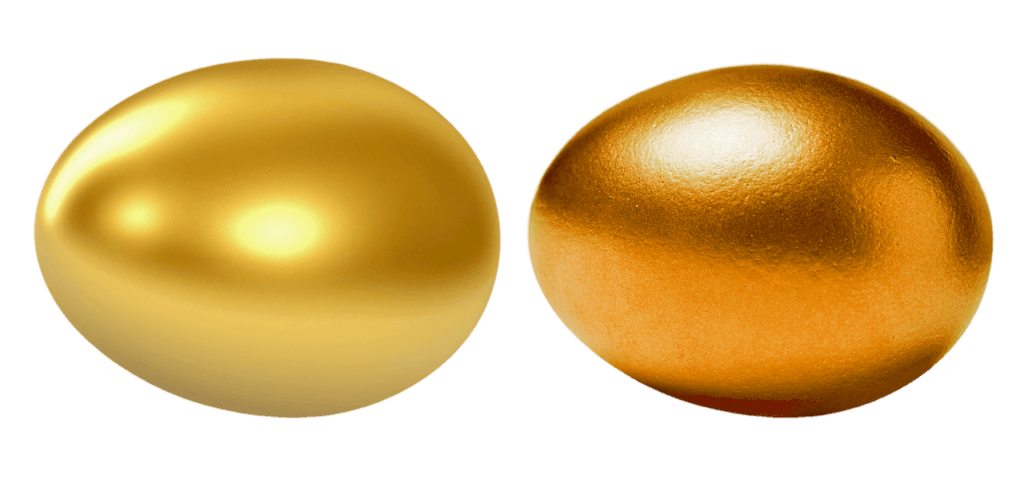
Does gold dent easily?
As we have seen, pure gold having a hardness quotient of 250MPa is not very hard and hence high karat gold jewelry with a greater composition of pure gold in it will dent easily. However, low caratage gold jewelry (18 karat and below) has a higher percentage of trace metals in it, and hence has a higher tolerance to dents.
How do you fix a dent in a gold ring?
As we have seen, pure gold having a hardness quotient of 250MPa is not very hard and hence high karatage gold jewelry with a greater composition of pure gold in it will dent easily. However, low caratage gold jewelry(18 karat and below) has a higher percentage of trace metals in it, and hence has a higher tolerance to dents.
DENTS IN PLATINUM JEWELRY
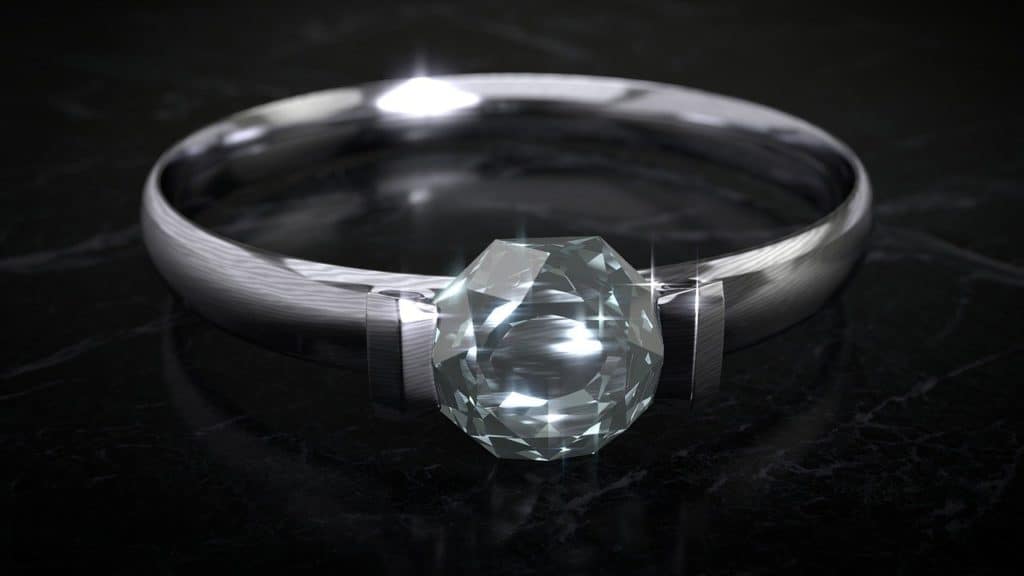
Platinum is different from gold and silver, and perhaps all other metals or alloys we know are used in jewelry. This is predominantly due to the density or ‘mass per unit volume’ difference which it has from all other alloys.
Below is a list of the various metals and alloys used in jewelry, and their absolute mass per unit volume.
| JEWELRY METAL OR ALLOY | DENSITY (g/cm3) |
|---|---|
| Gold | 19.3 |
| Silver | 10.5 |
| Platinum | 21.6 |
| Rhodium | 12.4 |
Thus platinum has the highest density amongst all other metals, which has a direct impact on how it dents, and how these dents can be removed from jewelry pieces.
Does platinum dent easily?
In terms of the plain definition of denting, platinum does not dent very easily. As we have seen, it is one of the most dense metals known to us today and this gives it a structural strength and resistance against denting. However, it is not a very hard metal and is hence prone to abrasion, and often times, these scratches can look like dents in it. The usual platinum patina is also a symptom of the same.
Unlike gold and silver jewelry wherein you would see the jewelry piece loosing metal or material, platinum stretches across its composition and redistributes to the area of the abrasion, readjusting the molecular structure. This only means that the scratches and abrasion do the job of making the jewlry piece more stronger and durable in the long run.
Conclusion
Denting in jewelry as we have seen, and more so for rings and bracelets we wear on a daily basis, is a common phenomenon. The causes may be shocks of impacts or uneven thrusts put to these and the nature of the metal in the jewelry basically catalyzes this susceptibility to denting. the removal of dents involves evening out the area of lost matter from the jewelry piece, through effective sandpaper rubbing and occassional mandrel and hammer work.
Do reach out in case you hear of any other quirky tricks to counter denting of jewelry. Until next time folks, keep dazzling!

